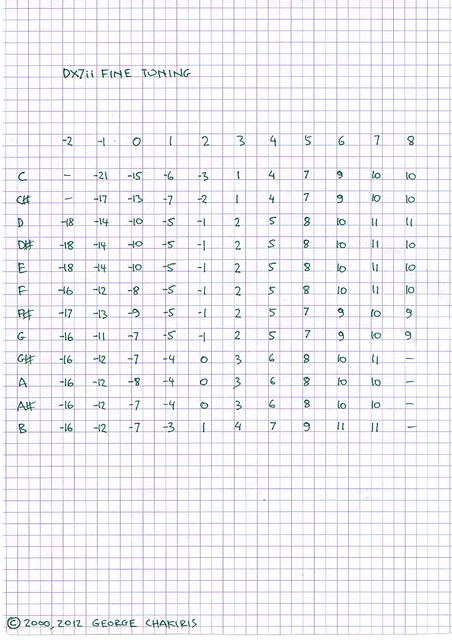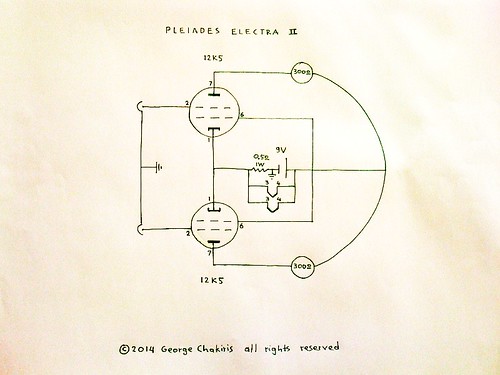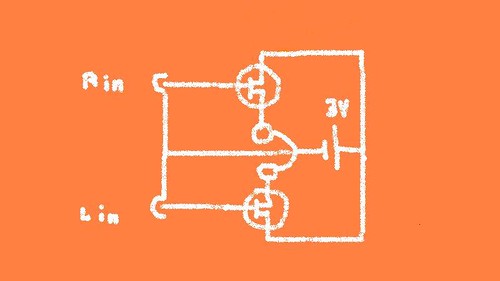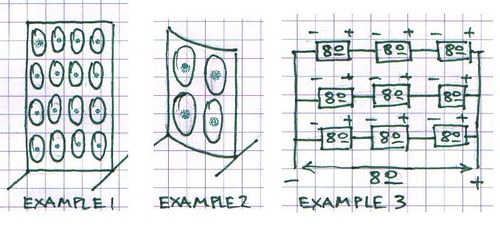When J.S.Bach was around 15, he was given a very important book by a non musician explaining the secrets of music.
This is how it evolved:and handed to Bach's students.
Do not let the title discourage you, All it means is the Art of Music.
Rules and Instructions for Playing Thorough-bass or accompaniment in Four Parts, made for his Scholars in music by Herr Johann Sebastian Bach, of Leipzig, Royal Court Composer and Capellmeister, also director of the Music and Cantor of the Thomasschule, 1738
ELEMENTARY INSTRUCTION IN FIGURED-BASS.
Cap. I.
OF THE ETYMOLOGY
The word Bassus is derived from the Hellenic βάση, which signifies the root or foundation of a thing. Others derive it from the old Latin word bassus, signifying profundus, deep. By the word taken alone is understood the lowest part in music, or any bass part that produces a deep note, whether that note be sung or played upon a bass viol, bassoon, trombone, or the like.
By the term Figured or General-Bass, however is understood a bass that is played on the organ or clavier with both hands in such a way that all or most of the parts in the music are played generaliter os simultaneously or in general terms,, together. It is also called Bassus Continuus, or with the Italian termination, Basso continuo, beacuse it continues throughout the piece, even when the other parts pause now and then, although at the present day this Bass itself frequently pauses, especially in works of great ingenuity of construction.
CAP. II.
DEFINITION OF THE TERM.
Figured bass is the whole foundation of the music, and is played with both hands in such a manner that the left hand plays the notes written down, while the right adds in consonances or dissonances, the result being an agreeable harmony in the glory of God and justifiable gratification of the senses; for the sole end and aim of general-bass, like that of all music, should be nothing else than God's glory and pleasant recreations. Where this object is not kept in view there can be no true music, but an infernal scraping and bawling.
CAP. III.
....
CAP. V.
OF THE HARMONIC TRIAD.
The harmonic triad belongs properly to the subject of composition, but as figured-bass is a beginning of composition, and may even because of the arrangement of consonances and dissonances , be called an extempraneous composition, made by the person who plays the figured bass, the subject of the triad may be fitly mentioned in this place. Now if a person who desires to learn the subject can impress it upon his memory, he she may be sure that he has already mastered a great part of the entire art. The harmonic triad is a combination of the third and fifth which is placed above a bass note, and may be constructed on all the notes, and both in the major and the minor--
G G A A bB B
E bE F #F G G ...
C C D D bE E
And so on through all the notes. This is called Radix harmonica, because all harmony springs from it. And this harmonic...
to be continued...














